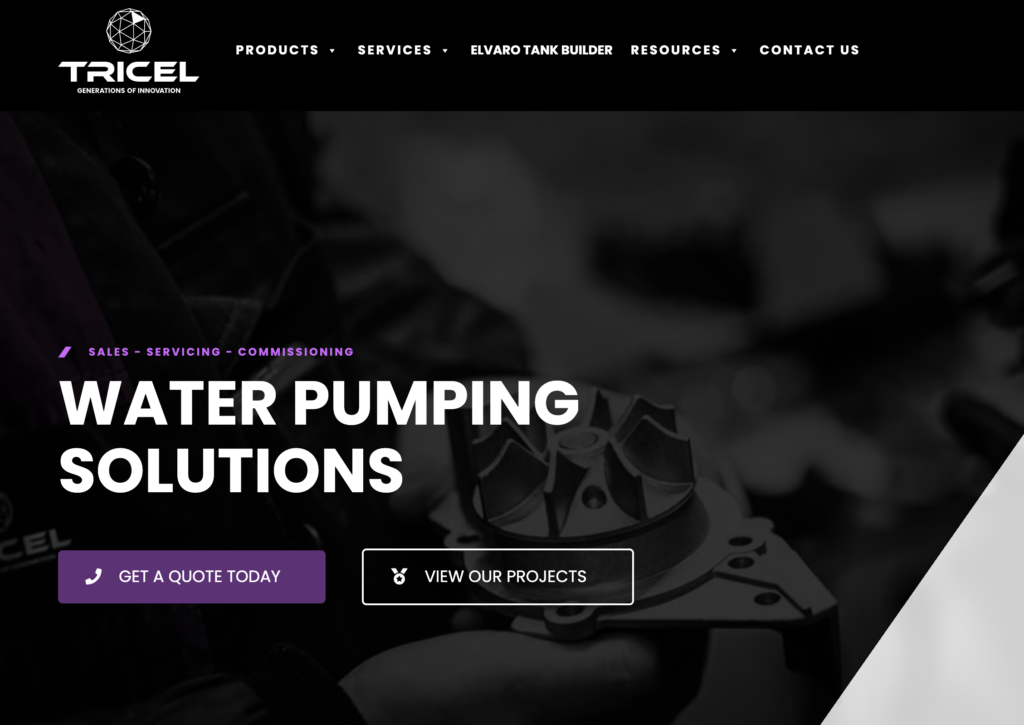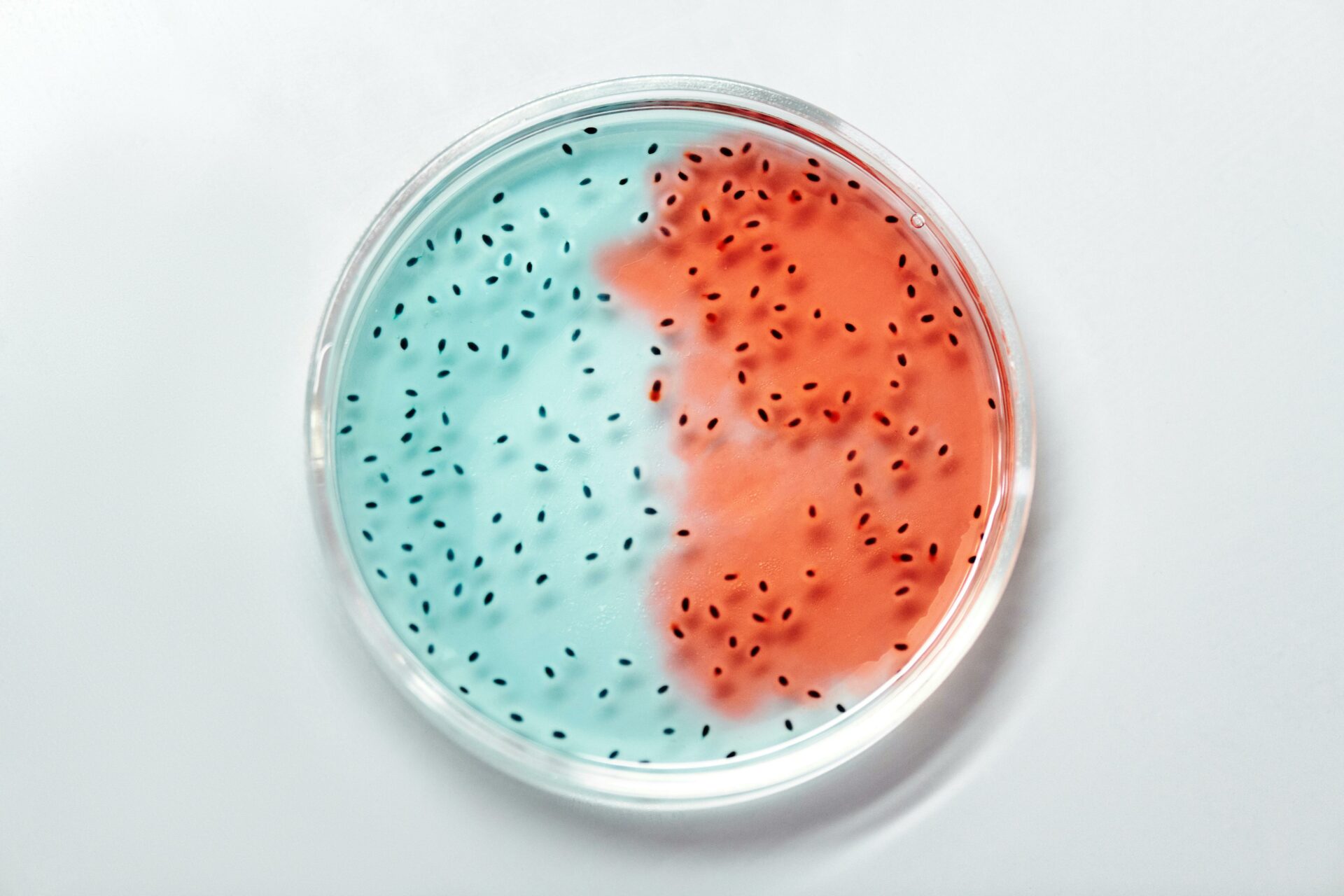
legionella in water tanks
Home » Water Regulation » Legionella In Water Tanks

Preventing Legionella in Water Tanks
Legionella pneumophila is a type of bacteria commonly found in water. It causes Legionnaires’ disease—a serious lung infection that can lead to life-threatening pneumonia. People become infected when they inhale tiny water droplets that contain the bacteria, often from contaminated water systems.
To help prevent this risk, we build our GRP water tanks using corrosion-resistant materials. This proactive choice helps reduce the conditions where Legionella can grow. As a result, our tanks are ideal for storing clean, safe drinking water in both residential and commercial buildings.
Moreover, our tanks come fully insulated to help regulate water temperature—an essential factor in preventing the growth of harmful bacteria like Legionella. By maintaining cool and stable conditions, these tanks provide an added layer of protection.
Equally important, regular cleaning and maintenance of your water tanks play a vital role in preventing contamination. Through consistent inspections and proper hygiene practices, you can effectively avoid bacterial buildup and safeguard your water supply from Legionella and other waterborne threats.
In the following sections, explore our complete range of insulated water storage tanks and discover how to keep your system clean, safe, and fully compliant.
what is legionella
Understanding and Preventing Legionella in Water Tanks
It is a dangerous waterborne disease made up of several strains that directly attack the lungs. It poses a serious health risk, especially for vulnerable individuals.
The bacteria thrive in stagnant, warm water. While it naturally exists in ponds and lakes, it can also grow in water storage tanks—especially if the installation is poor or the tank material allows bacteria to multiply. More specifically, Legionella thrives in temperatures between 20°C and 45°C. However, it becomes inactive when the water stays below 20°C.
That’s why it’s essential to control water temperature in your storage system. Choosing an insulated water tank from us helps keep your water cool and safe. With proper insulation, you can prevent conditions that allow bacteria to grow in the first place.
Who are high risk from Legionella:
Smokers
People with alcohol dependency
Older adults
People with diabetes
Patients with cancer or chronic respiratory illnesses
Those with weakened immune systems
Additionally, hospitals face a high risk of spreading Legionella, as the disease can easily transfer between patients in shared environments.
To reduce the risk, take proactive steps—install the right tank, ensure proper maintenance, and monitor your system’s water temperature. These actions can significantly lower the chances of Legionella contaminating your water supply.
Control of Legionella | Best Practices, Regulations, and Health Guidelines
WHITE PAPER
Discover the latest best practices, legal obligations, and technological innovations in Legionella control. This white paper is your essential guide to maintaining safe, compliant water systems—perfect for engineers, contractors, and facilities managers. Download now to stay ahead of regulations and protect public health.
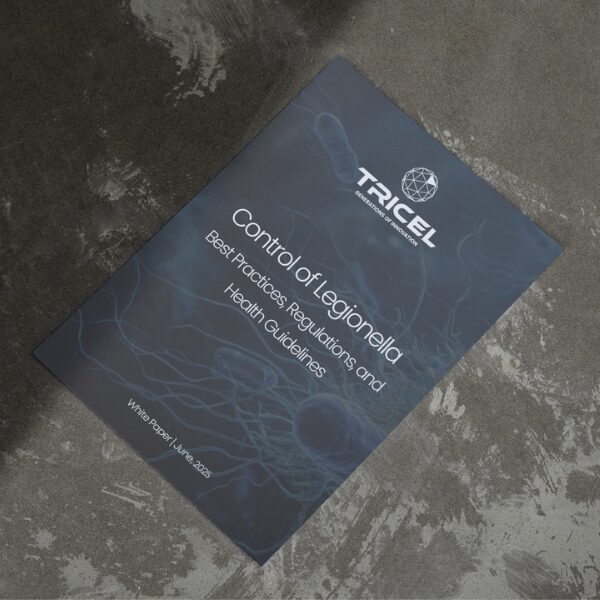
high quality grp tanks
Tricel is a trusted manufacturer of high-quality GRP water tanks, with a strong track record of successful installations across the UK. We use durable GRP (glass-reinforced plastic) to build our cold water storage tanks, helping to protect your water supply from common contaminants often associated with materials like steel or aluminium.
In addition, all our tanks are WRAS Approved, ensuring they meet the highest safety and hygiene standards. Our tanks are also specifically designed to prevent the growth and spread of Legionella, giving you extra peace of mind when it comes to water safety.
Tricel has fully trained and certified installation teams under the European Technical Guidelines for Legionella prevention and control.
MODIFYING YOUR WATER SYSTEM
To reduce the risk of Legionella and other waterborne diseases, start by upgrading your cold water storage tanks.
Ensure all connection points are high-quality and tightly sealed, leaving no unnecessary openings.
Next, source all connections and spare parts from approved manufacturers to maintain compliance and reliability.
Additionally, install screened air vents and secure lids to block contaminants from entering the water supply.
For added protection, consider using AB air-gap break tanks.
These closed tanks include a built-in air-gap that prevents backflow into the system.
As a result, they protect your main water supply from contamination and help ensure potable water remains safe.
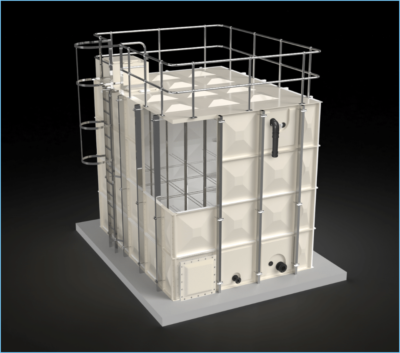
REPLACEMENT WATER STORAGE TANKS
If you’re looking to upgrade your current water system or replace an old, low-quality cold water storage tank, our GRP water tanks are the ideal solution. Notably, older tanks made from substandard materials carry a higher risk of Legionella contamination.
For smaller applications, a one-piece tank offers a compact, efficient option that meets lower water demand. On the other hand, larger operations will benefit more from a sectional tank, designed to handle higher capacity.
Furthermore, our sectional tanks are available in rectangular, square, or L-shaped configurations, making it easy to match your installation requirements. In addition, you can choose from a range of internal and external flange options, depending on your plant room’s layout and space constraints.
Choosing the Right Water Tank
Selecting the right water tank is the first crucial step in preventing Legionella.
Start by analyzing space requirements and water usage. This will help you decide whether you need a one-piece, sectional, or TIF tank. To make it easier, we offer a tank size calculator tool for accurate estimates.
Next, choose a water tank made from UV-stabilized material. This prevents corrosion, as rusted tanks are more prone to contamination.
Then, install a water pump or pressure booster set. Keeping water in motion helps reduce stagnation and minimizes the risk of Legionella by preventing biofilm buildup.
Finally, pick a water storage tank that is easy to maintain. Our one-piece tanks are an excellent option for those with limited time for regular inspections and tests.
HOW TO TREAT LEGIONELLA IN WATER
Regular water testing is a crucial part of proper maintenance.
Start by inspecting your cold water storage tanks for signs of contamination.
For high-risk systems, schedule routine water testing to ensure safety.
Conduct tests at multiple points within the tank.
Legionella often concentrates in one area before spreading.
Next, flush the system to eliminate stagnant water zones.
This step disrupts Legionella growth and prevents biofilm buildup.
Test and flush your water system if:
• The tank or system is outdated
• The system is prone to contamination
• People at risk of Legionella are present
• You notice biofilm or sediment buildup
To sanitize a contaminated supply, use copper ionization or biocide treatment like chlorine dioxide.
Water tank cleaning
Annual inspections of your cold water storage tank can determine whether the tank needs to be cleaned. This is not a legal requirement to clean a tank, but to minimise the risk of Legionella in water tanks, it is advised. It is a practice that must be taken seriously in domestic and commercial settings to maintain a safe, high-quality water supply.
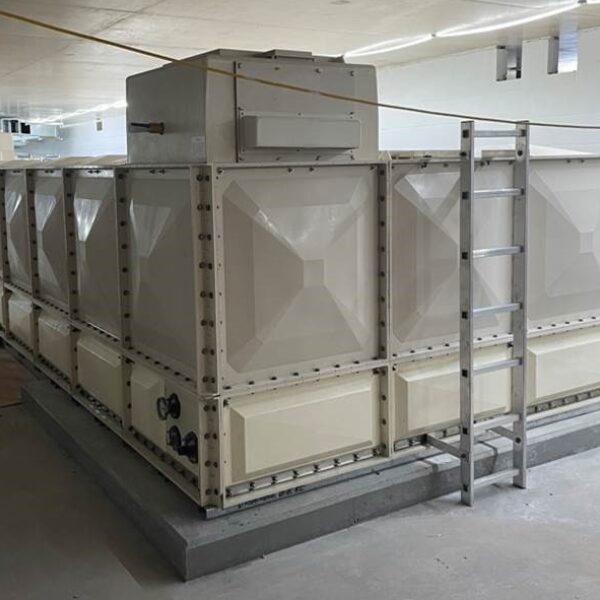
Legionella Prevention
Taking early preventive measures against Legionella helps you avoid costly remediation later.
To keep this bacteria out of your water supply, follow these essential steps:
• First, purchase water tanks only from approved manufacturers.
• Then, streamline your plumbing to eliminate unnecessary openings.
• Next, choose insulated tanks to maintain temperatures at or below 20°C.
• Regularly clean and maintain your entire water system.
• Always use properly installed, approved plumbing materials.
• Finally, install screens, lids, and other barriers to block contaminants where needed.
CHLORINE TREATMENT
In addition, adding chlorine to your tank can effectively prevent Legionella growth.
However, you must measure chlorine ratios carefully to avoid creating a toxic water supply.
To treat your tank, add four parts chlorine per 1,000,000 parts of water.
When unsure, contact a professional to ensure safe and accurate dosing.
Read More...
- Water Tank Installation & Maintenance
- Cold Water Storage Tanks
- Case Studies

Cold Water Storage Tank Compliance in the UK: Regulations, Standards & Best Practices
Ensuring compliance with cold water storage tank regulations in the UK is essential for safeguarding water quality, maintaining system efficiency, and meeting legal obligations. From WRAS approval and LPCB certification to industry standards such as BS EN 13280, strict requirements govern the design, installation, and maintenance of water tanks.
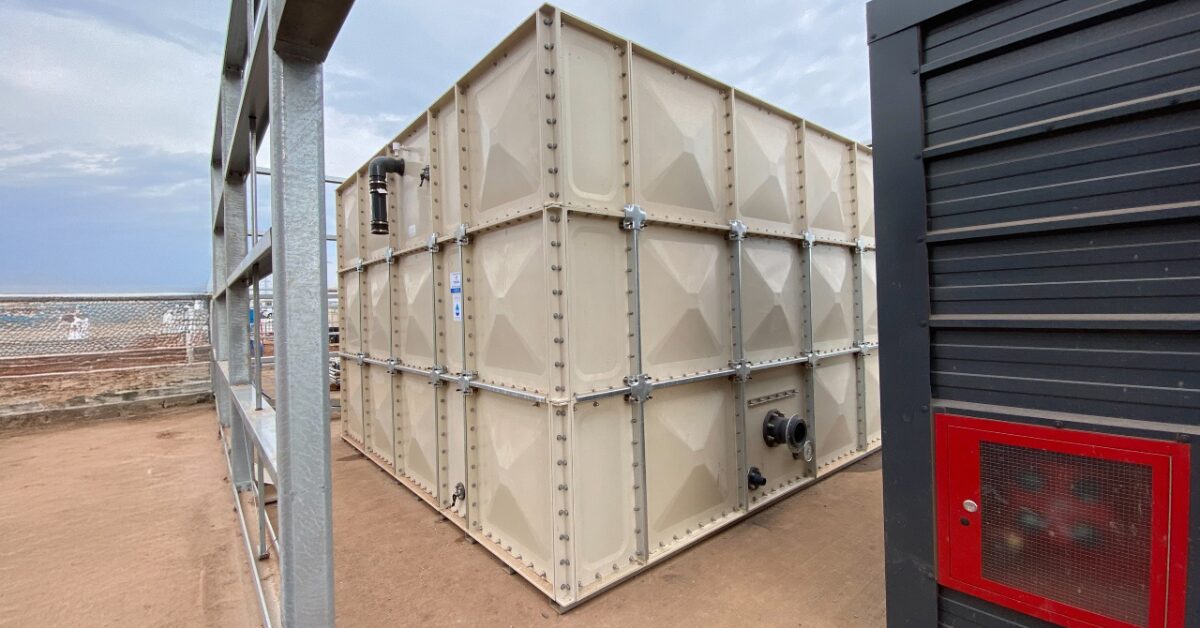
How to Maintain a Compliant Cold Water Storage Tank
Maintaining a cold water storage tank is not just about ensuring a reliable water supplyit is also a legal and safety requirement. A poorly maintained tank can pose serious risks, including bacterial growth such as Legionella, structural deterioration, or non-compliance with current regulations.
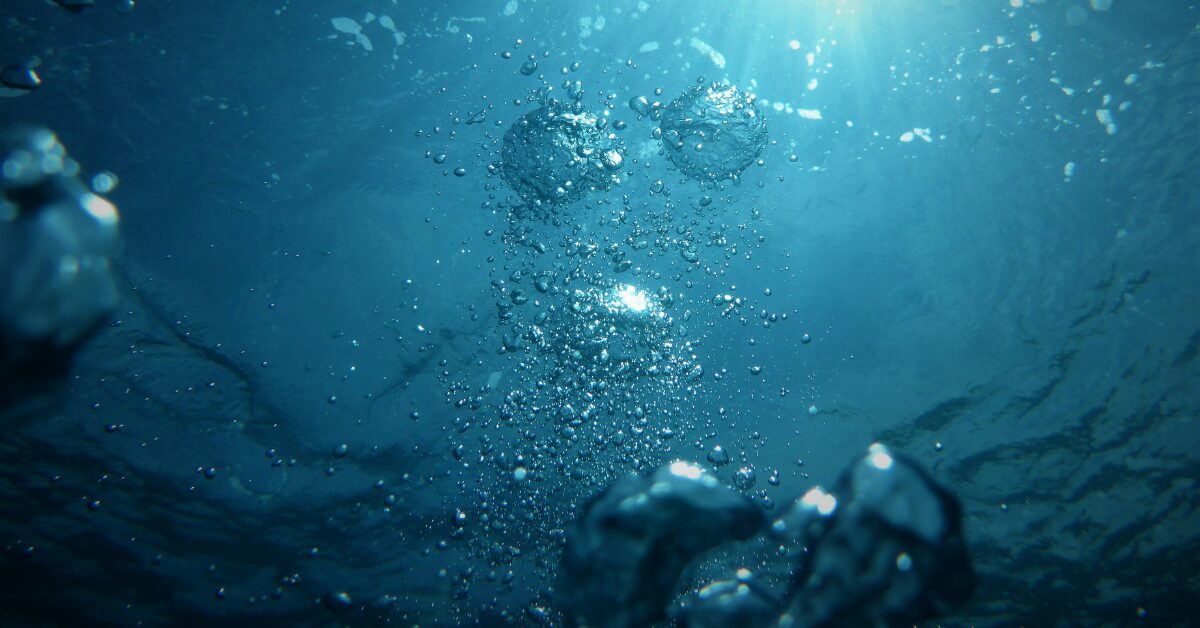
Leak in Water Tank: Causes, Prevention, and Solutions
Water tank leaks can lead to significant structural damage and water loss. Common causes include corrosion, poor installation, and lack of maintenance. To prevent leaks, it's essential to ensure proper installation, use high-quality materials, and conduct regular inspections. For detailed guidance on causes, prevention, and solutions for water tank leaks, refer to Tricel Water UK's comprehensive article.
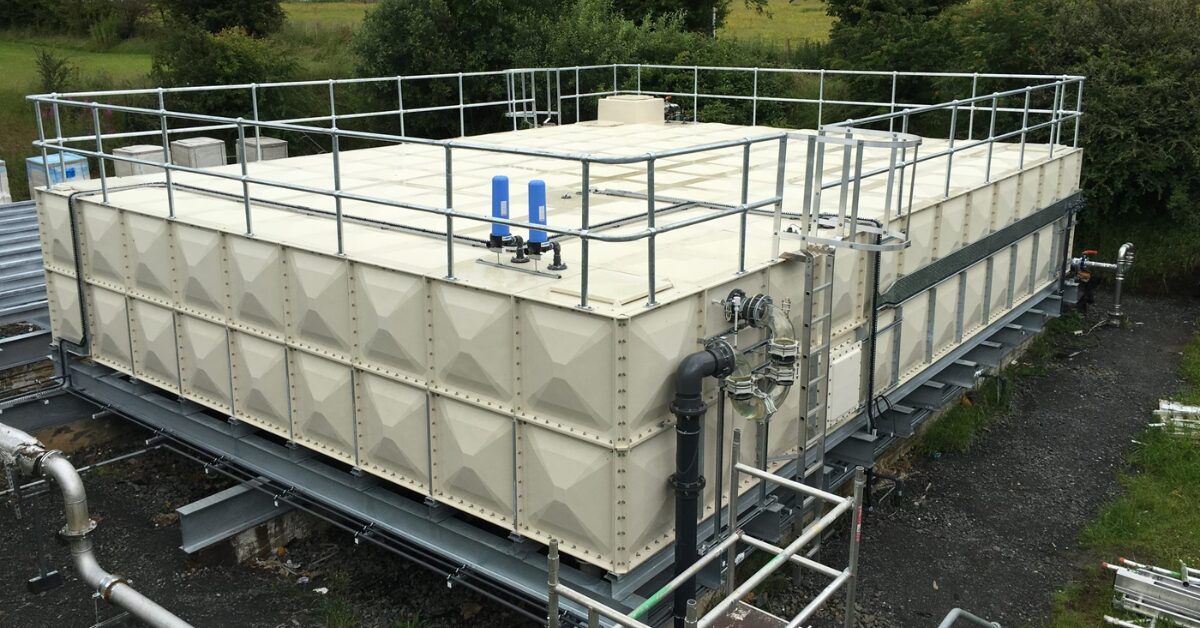
Importance of Base Levelling Steels
Proper base levelling is essential for the stability and longevity of your water tank. This guide explains why base levelling steels are crucial for preventing structural issues and ensuring your tank performs optimally over time.
